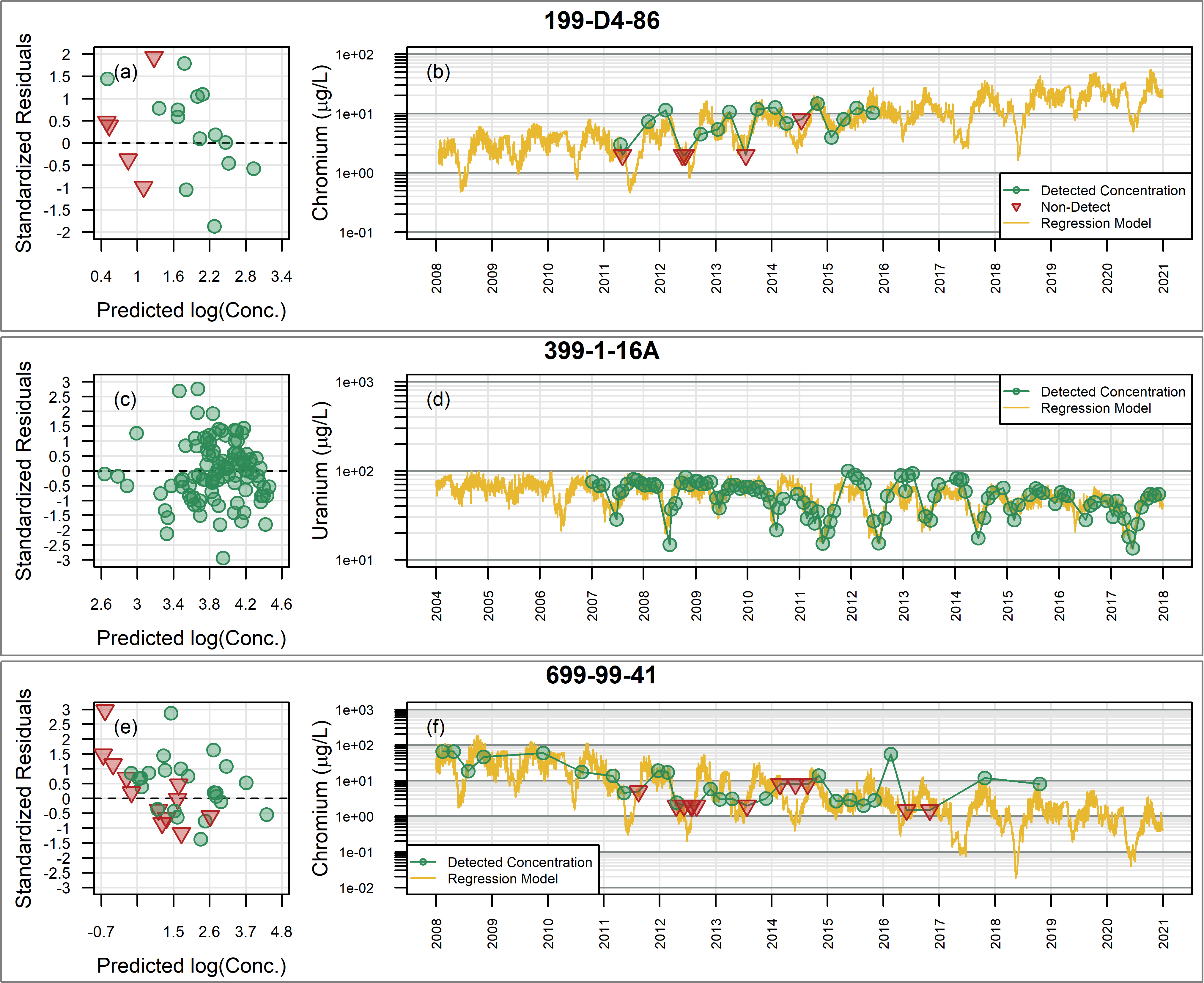Mr. Parratt has extensive experience in surface-water and groundwater modeling of complex sites, including contaminated soils, earth-filled embankments, and fractured bedrock. He has evaluated and updated conceptual site models using physical-based flow & transport models. He has assessed the impacts of LNAPL, DNAPL and fractured bedrock on remedial designs including monitored natural attenuation. He has multiple years of experience in calculating the risk and uncertainty associated with the parameterization of boundary conditions and the effect on hydraulic gradients.
EDUCATION
- PhD, Civil Engineering, University of Saskatchewan, Saskatoon, 2022
- MScF, Natural Resources Management, Lakehead University, Thunder Bay, Ontario, 2012
- B. Eng, Civil Engineering, McMaster University, Hamilton, Ontario, 2007
AREAS OF EXPERTISE
- Conceptual Site Model Evaluation
- Fate & Transport of Contaminants
- Surface & Groundwater Interactions
- Model Calibration & Validity
- Degradation Rate Estimation
- Density Dependent Flow (NAPL)



